Cruise Lines Don’t Like Talking About These Topics
Cruise Lines Don’t Like Talking About These Topics
Flicking through cruise brochures, I see glamorous destinations, fun packed on-board activities, good food and comfy cabins. But there’s nothing about some of THE most important things affecting us as cruise passengers. Things I think we should be told and talking about.
So, I’m going to lift the lid on issues and topics I think the lines should be talking about and why.
Many issues the lines do not draw to your attention to or talk about upfront in their brochures is the myriad of things we agree to when we book.
When we book a cruise, we agree to their cruise contract and terms. As you will see, this has several areas buried in there that cruise lines don’t really seem keen to talk about.
Security
One issue they don’t really like talking about is security arrangements, crime, and the extent to which they monitor us as guests.
The Princess Medallion, the wearable device that you use to open your cabin door, order food and other tasks, also monitors where you are around a ship.
Based on the string of comments I got on my channel, this gets many passengers uptight. They don’t like the idea that the line can track and monitor where they are. People said they wouldn’t use it because it’s outrageous the cruise ships are tracking them.
However, cruise ships are tracking us all the time. And this only goes to prove how little we passengers know what’s actually happening on board a ship.
CCTV
All over the ship is CCTV. The only place there’s no CCTV is in your cabin and in private areas like public restrooms. It has sophisticated face recognition built in using the photo when you check in.
Have you ever wondered how they know which photographs are yours? If you go to the photo centre and use one of the monitors, you will find all the photographs with you in it show up. It’s using face recognition software.
Contact tracing
Another use has been for contact tracing. When there’s Covid issues on a ship, I’ve heard how lines like Royal Caribbean used it to identify who was in close contact with people testing positive.
It also helps them identify who is involved if there’s an issue, crime, or incident.
Searching
In addition to agreeing to be tracked like this, there are other things we have agreed to for security. For example, we agree via the cruise contract that our baggage, our person, and our cabin can be searched. And that we can be confined either in our cabin or even in the brig, the prison, on board if the captain decides we should be.
They can disembark us if they decide we’ve done anything that affects security or are suspected of a crime – again at the decision of the captain of the ship.
I’ve seen that happen. Two dancers were thrown off the ship when I was on some legs of a Cunard cruise. They had been caught shoplifting on land. You may also have seen the Australian family thrown off a Carnival ship for causing trouble and fights.
While we may understand why lines are coy about talking about levels and how security works, one thing they definitely don’t want to talk about in detail is the level of crime on a cruise ship.
Global database
There’s no central global database of crime on cruise ships. However, we do have a sense of the scale of crime that happens. And it’s not coming from the cruise lines directly.
Since 2010, ships that travel in and out of a US port have to report any serious crime to the FBI. the US Department of Transport then produces a quarterly report of all the serious crimes that are reported, like assault, sexual assault, thefts of over $10,000, homicides and so on.
https://www.transportation.gov/mission/safety/cruise-line-incident-reports
Looking at those reports, there’s usually between to 20 to 40 crimes reported per quarter. And the majority of those are for sexual assault. Some are crew on crew, some are passenger on passenger.
Bear in mind that globally, 29 million people a year cruise, and the US is the biggest area for cruising by far. So, it appears the overall level of crime is quite low and possibly the CCTV and the tracking helps keep a lid on some of that crime.
However, it’s hard to know globally how much crime takes place on board a cruise ship. And because the lines are not public and ready to talk about it, it fuels doubts and concerns it is higher and it is under-reported.
Crime overall from the data and anecdotally does appear to be low, and I think it’s a pity the cruise lines aren’t more upfront on this.
Changes
Though many of you may know this as you found out the hard way, I do see first time cruisers get caught out by this one. Simply because the lines do not draw attention to or make it clear.
And that is that they have built in the right to change itineraries before a cruise sails. During a sailing. And to drop ports without having to offer compensation, or allowing you to cancel unless they define it as a significant change.
I get contacted often by passengers upset that a key port they had booked a cruise for is dropped or could not be called on. Of course, this can be out of the control of the line – like when I went on a round UK trip on Windstar and we could not make it into 3 of the ports due to weather.
It’s not something the lines like to talk about or make that clear though
Gratuities
I need to talk about one of the most contentious areas in cruising by far. So, not surprising the lines do not like to talk about this: and this is what happens to auto gratuities.
Many cruise lines, if they don’t include gratuities in the fare, add auto gratuities on board. They tell us it gets shared between the crew. Those that we come in contact with and those behind the scenes.
But they do not talk about or publish and share who exactly gets it, nor the amounts collected and shared. This makes it impossible to know what really happens. They just say they it all goes to the crew.
I’ve spoken to crew on various crew sites, and they tell me that they don’t believe that they get all of the gratuities. Others said they do. Impossible to know because the cruise lines will not give any specific data.
This leads many to believe gratuities are just used to bolster the wages for crew. Enabling the cruise line to pay them less, rather than increasing wages above an already good, decent wage paid.
Something the lines are not keen to talk about in detail, which adds to the belief there’s an issue here.
Relationships
Another area which cruise lines definitely don’t have much transparency or make crystal clear is around some of the relationships that they have and the deals that they’re getting.
Some functions on the ship are contracted out and in the cruise contract, the line say they won’t accept liability for these contractors’ activities.
It’s not always clear and easy to tell which things on a ship are contracted out. The most common tend to be the spa and fitness, photography centre, shops, and on some, even medical.
You’ve probably been on cruises with shopping advisors on board who give talks, hand out shopping maps, coupons and provide personal shopping in the ports.
It’s not made clear, or openly spoken about, that the shops have to pay to be recommended. Also, the lines won’t talk about how much they receive in fees from shops to be in the programme and the level of commissions from sales. But, studies by reporters from HuffPost calculated fees of hundreds of thousands and then commissions on top.
The lines have started to buy up popular attractions. For example, the Carnival Corporation bought the popular Skagway Yukon and White Pass Railway. Some like Princess and Holland America own trains, busses and lodges that are used in pre- and post-cruise trips in Alaska.
This integration and directing of passengers to company owned or places they receive incentives from is not something that seems to be openly talked about, and played down in some areas by the lines
Dying
Maybe it’s not surprising that lines aren’t particularly upfront about this next one. Whenever I’ve been on a behind the scenes tour, which includes the medical centre, it gets asked about and passengers want to know.
Cruise lines, not surprisingly, are less keen to talk about it, and that’s around how many people die on cruise ships.
The data shows that between 19 to 25 people every year go overboard or missing on a cruise ship. That’s out of 29 million passengers across the year and 300,000 crew at any one point in time. Sadly, it is not from people accidentally falling off the ship.
Separate to that, data suggests that around 200 people a year die on board a cruise ship. These people pass almost entirely of natural causes and are mainly elderly passages. Such as the famous broadcaster David Frost, who had a heart attack when he was on a speaking engagement on the Queen Elizabeth Cunard ship.
Although lines are reluctant to discuss this, as it sounds ghoulish and they fear it has the wrong connotations, I guess, ships do have a morgue on board and are required to carry body bags. It’s just sensible.
So, don’t believe the stories about ships emptying out the ice cream store or whatever to store a body.
Dumping
What is and is not put in the ocean by ships is something that cruise lines don’t talk about as much as they should.
Partly, I suspect, as what they do would cause more debate and issues.
Let’s take a look at what does and doesn’t go into the ocean.
What does and doesn’t go into the ocean
Food waste gets dumped. After it has been ground down into a liquid form and if the ship is out in international waters. So effectively, it becomes food for the fishes.
Grey water, which comes from your basin and shower, and other places like washing dishes, also goes through a treatment process and is allowed be discharged into the ocean.
Black water, or as we call it sewage is a much more complicated situation.
The MARPOL IV Convention covering all cruise and freight ships allows raw sewage to be released into the ocean when a ship is over 12 miles from land and cruising at four knots.
Between 3 and 12 miles only treated sewage can be released, and under that not at all.
So, cruise ships could release untreated sewage into the ocean. Now, bear mind, there’s something like 300 cruise ships selling at any point in time. Some of them are extremely large, carrying many thousands of passengers. That is a lot of sewage that could be going to the ocean.
CLIA agreement
However, the lines agreed through CLIA (Global Cruise Line Association) that they will follow that protocol and agreed to only release sewage into the ocean once it’s been through a 4-stage treatment process. To make it safe and compatible enough to be released. So, that’s what they do.
Glass, plastics, and tins are sorted, prepared for sale to recycling companies and disembarked in ports.
Some cruise ships incinerate some rubbish. But, they’re not allowed to put the ash that’s generated from incinerating rubbish into the ocean. It is taken off in port.
Ingredients like chemicals that are used for processing photographs, or oils that are used in cooking, are not allowed to be disposed of in the ocean.
Cruise lines are starting to talk more about what they’re doing on the carbon front footprint. Such as launching ships that use LNG (liquified natural gas), hybrid ships and ability to plug shops into electric power in ports to cut emissions when there.
There is still a way to go in this area and so while the lines talk about it a bit, it is not as much as I suspect it will have to become.
Cruise Contract
There’s a couple of other surprising things the lines don’t talk about. And do not draw attention to in the cruise contract. These are also things I want to highlight. I have seen them use them.
Cancellation policies, which are in that small print and are really strict and after 90 days before your cruise. After final payment, you will lose much of your payment if you have to cancel. It is really tough.
Some of the lines can take still and video images of you. Using them in marketing or advertising material without paying you for it. At the same time, they can stop or restrict you taking photos and videos on their ships. I know some vloggers that have been stopped on a few lines.
And some even say they can require you to take down images taken you post on social media or elsewhere.
View more of my cruising tips.
SUPPORT TIPS FOR TRAVELLERS
- Find out about being a YouTube Channel Member: https://www.tipsfortravellers.com/Join
- Find out about being a Patron on Patreon: https://www.patreon.com/tipsfortravellers
- Check out my T-Shirt range: http://bit.ly/TFTStore
FOLLOW ME ON SOCIAL MEDIA
——————————————-
- YouTube: http://www.youtube.com/tipsfortravellers
- Twitter: http://www.twitter.com/garybembridge
- Facebook: http://www.facebook.com/tipsfortravellers
- Instagram: http://www.instgram.com/garybembridge
- LinkedIn: https://www.linkedin.com/in/bembridge
- TikTok: @garybembridge
Discover more from Tips For Travellers
Subscribe to get the latest posts sent to your email.

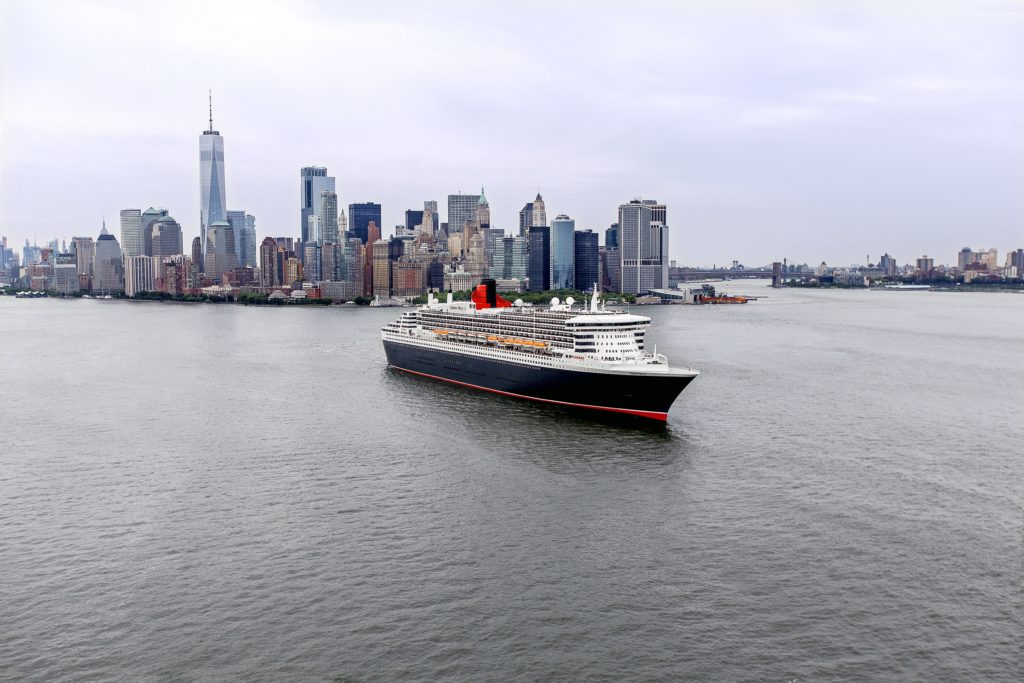
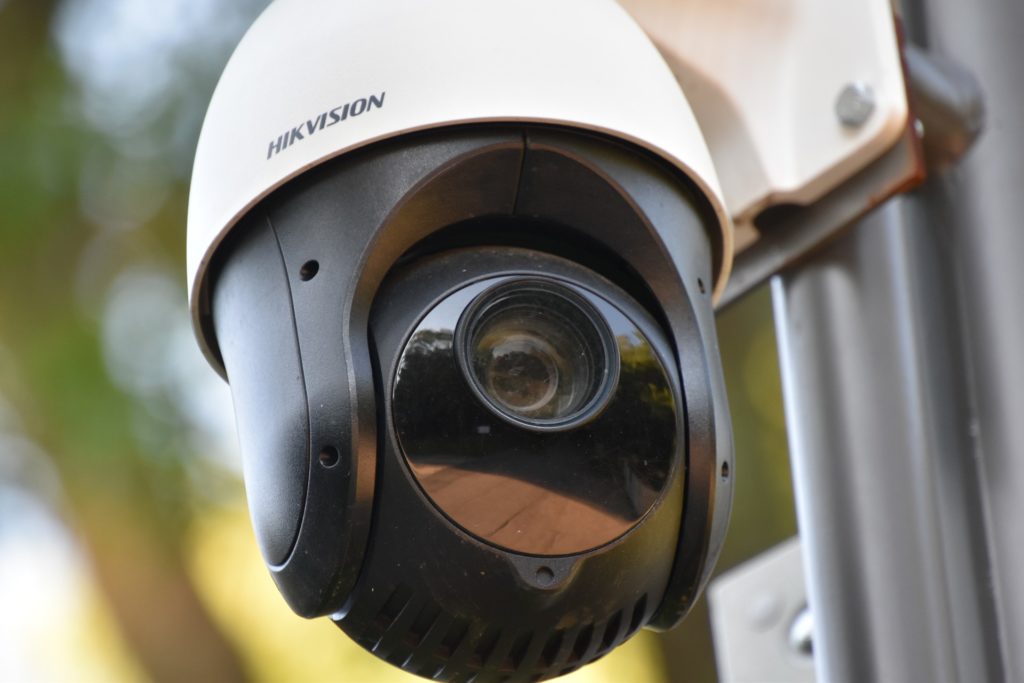
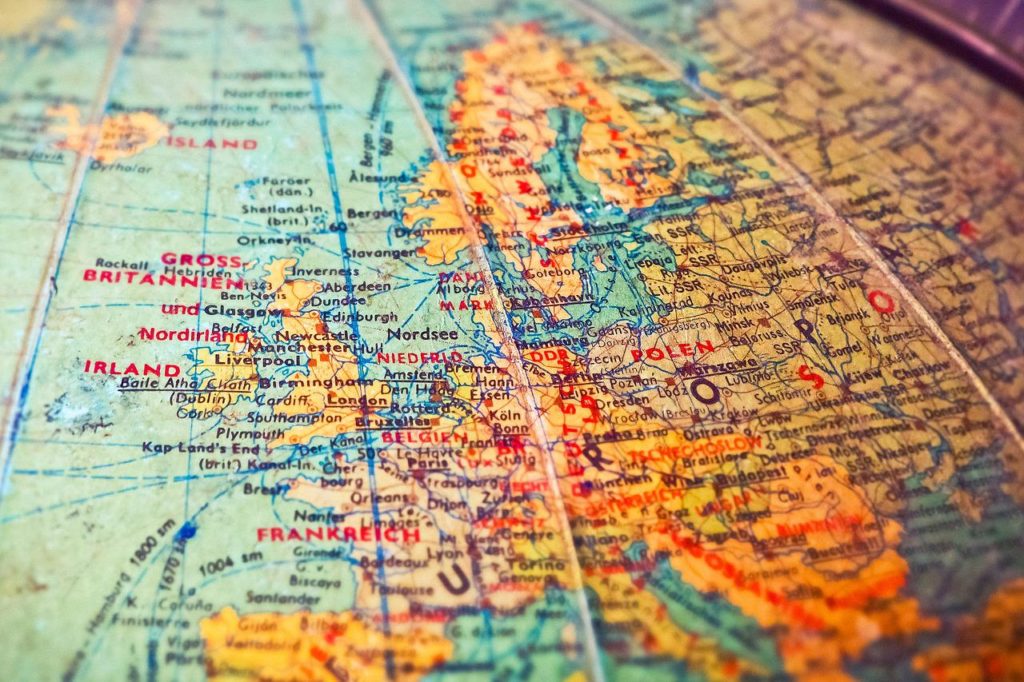
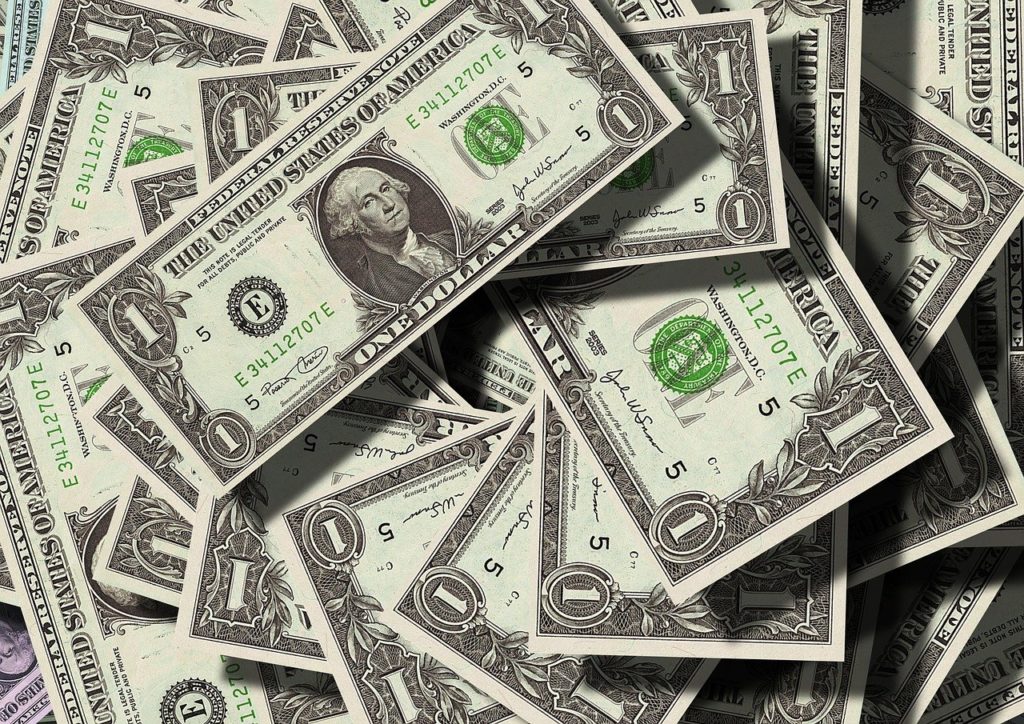

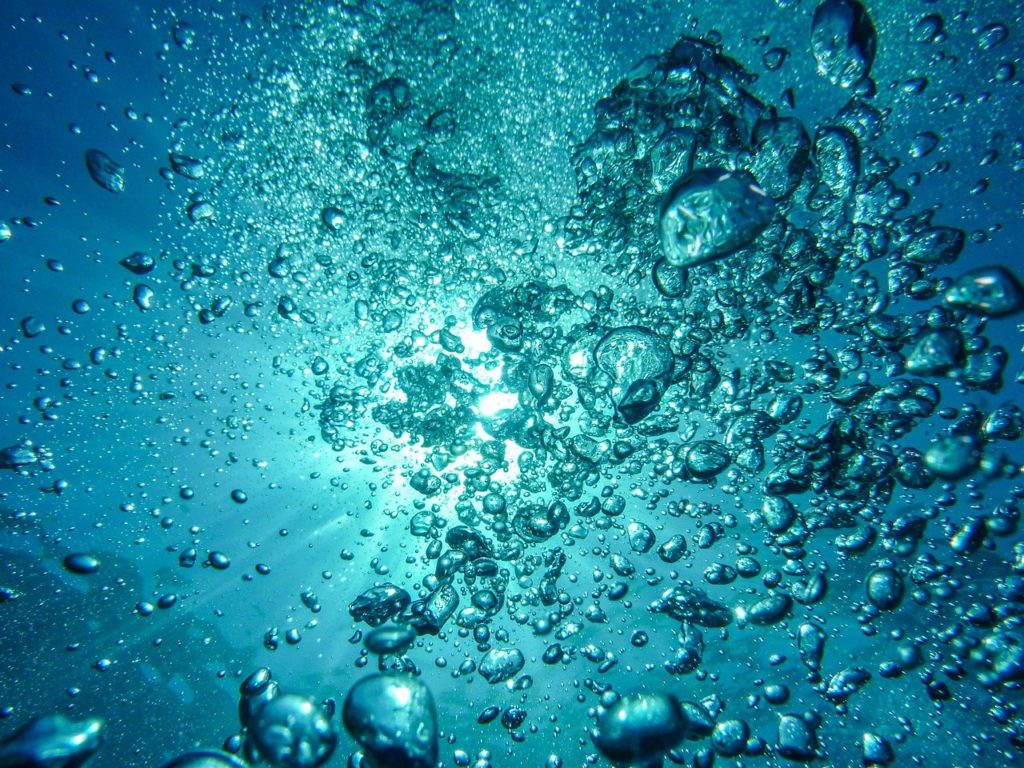
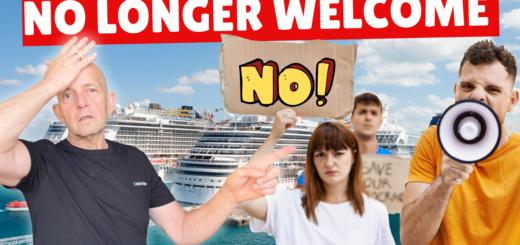

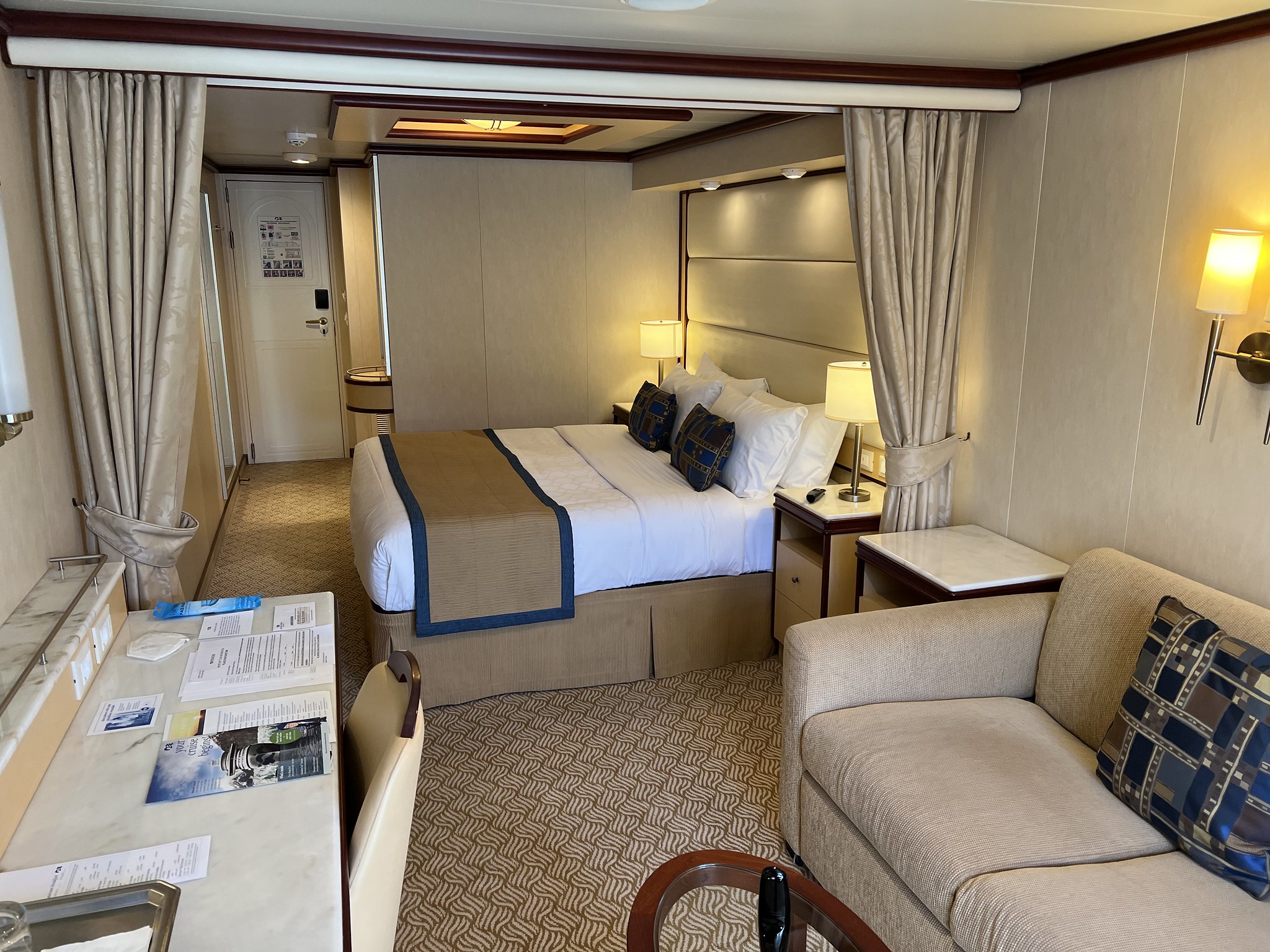






As always, your information is very helpful and welcomed with great appreciation. You truly go the extra mile in helping passengers, both new and seasoned. Thanks so much for all you do!
Thanks for reading, and great to hear your thoughts! Much appreciated
Hi Gary, very interesting reading, what annoys me is how cruise lines hide their prices when advertising sales. I recently booked a Pricess cruise where they advertise up to 30% of fares and up to $200 onboard credit. Nowhere on the web page does it say how much discount per cruise or what was the original cruise fare. Are we to believe that they are honest about their sales pitch or shoukd they be made to show all fare prices up front.
Cheers
Steve Geier